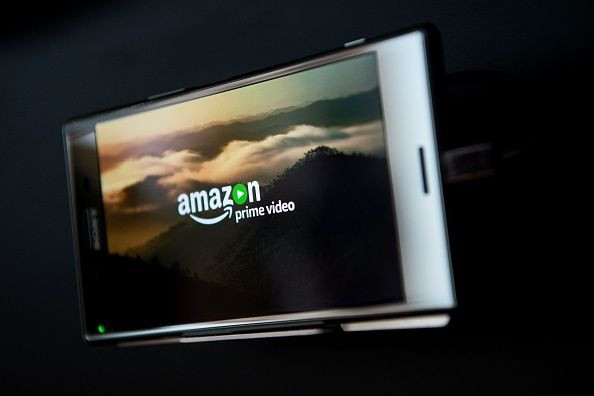3 Reasons Amazon Prime Video Will Survive The Streaming Wars

The streaming video space is becoming increasingly crowded. Both media companies like Disney and tech companies like Apple (NASDAQ:AAPL) are working on services that combine the two industries. New streaming services represent a significant threat to existing players including Netflix (NASDAQ: NFLX), Amazon (NASDAQ:AMZN), and Hulu.
Many investors see services like Disney+ taking subscribers away from Netflix. Amazon Prime Video is arguably in a stronger position than Netflix and other existing competitors to maintain its subscriber base as new streaming services come to market, as former Amazon Studios strategist Matthew Ball pointed out in a recent interview with Recode's Peter Kafka.
Here are three reasons why Amazon is well positioned to withstand the forthcoming competition.
1. Cost
Consumers who just want Prime Video can pay Amazon $8.99 per month for the service. That's notably less expensive than Netflix's most popular plan, which costs $12.99 per month. It's also less than Hulu's ad-free service, which costs $11.99 per month.
But the cost of Prime Video for most of its viewers is practically free. It's merely an add-on to the Prime service, which customers value for faster shipping on tens of millions of items from Amazon.com's marketplace.
While only a fraction of Prime members actually watches Prime Video currently, those who do receive outsized value from their Prime memberships. Amazon is working to increase the adoption of video by producing bigger-budget series based on well-known stories like Lord of the Rings. And as consumers become more conscious of what they're spending on home video via streaming services over the coming years, the "free" Prime Video may become an important staple in many consumers' video lineup.
2. Presence
Amazon has an incredible amount of presence in most people's homes. Not only are millions of people getting packages from Amazon every week, but 34 million consumers have a Fire TV device hooked up to (or embedded in) their TVs.
Owning the platform consumers stream video on is a huge advantage for Amazon. It can advertise its latest film or series to consumers every time they turn on their device. The user experience for streaming Prime Video content may be slightly better than streaming from other services on a Fire TV due to the deeper integration.
It'll be hard for Fire TV users to completely ditch Prime Video for other streaming services. Amazon continues to make Fire TV devices more attractive and affordable in order to grow its presence on the television screen. And its widening lead in the streaming platform business indicates the strategy is working.
3. Channels
Amazon Channels is a surprisingly successful business for Amazon, estimated to bring in $1.7 billion in gross revenue in 2018. Analysts expect that number to grow to $3.6 billion by next year.
Channels offers a simple way for Prime members to subscribe to additional streaming services. It puts Prime content right alongside content from HBO, Showtime, and dozens of other streaming services. That reinforces the value of Prime Video content since consumers see it alongside the rest of their streaming content. It also embeds Amazon very deeply in the streaming ecosystem, making it hard to leave.
That's why others, including Apple, have made moves recently to emulate the Amazon Channels model. Apple is offering Apple TV Channels and will include its own content alongside that from HBO and others this fall. Selling other streaming services is not only lucrative, it also increases the prominence and value of the distributor's streaming service.
Impossible to leave
Amazon has developed a streaming service that's so entrenched in people's budgets, minds, and habits that it has become practically impossible for many subscribers to quit. As Amazon continues to expand its content catalog with originals with broad appeal, increase its presence in consumers' homes, and lock customers in by selling ancillary services, its competitive position will continue to strengthen despite the increased competition.
This article originally appeared in The Motley Fool.
John Mackey, CEO of Whole Foods Market, an Amazon subsidiary, is a member of The Motley Fool's board of directors. Adam Levy owns shares of Amazon and Apple. The Motley Fool owns shares of and recommends Amazon, Apple, Netflix, and Walt Disney. The Motley Fool has the following options: long January 2020 $150 calls on Apple and short January 2020 $155 calls on Apple. The Motley Fool has a disclosure policy.




















